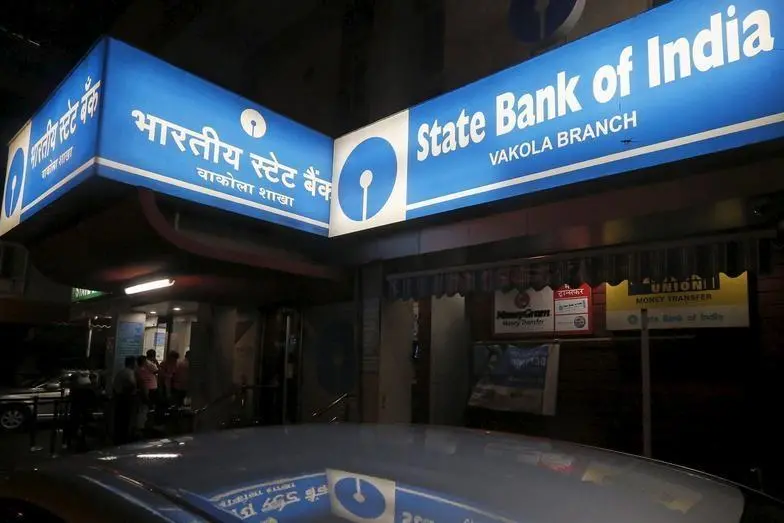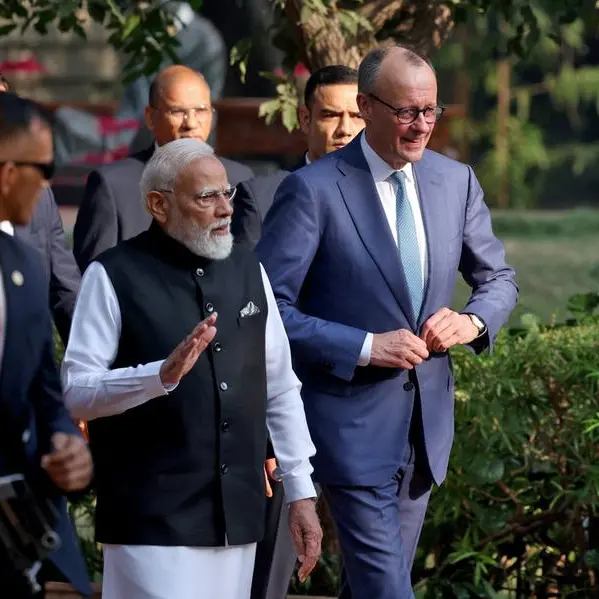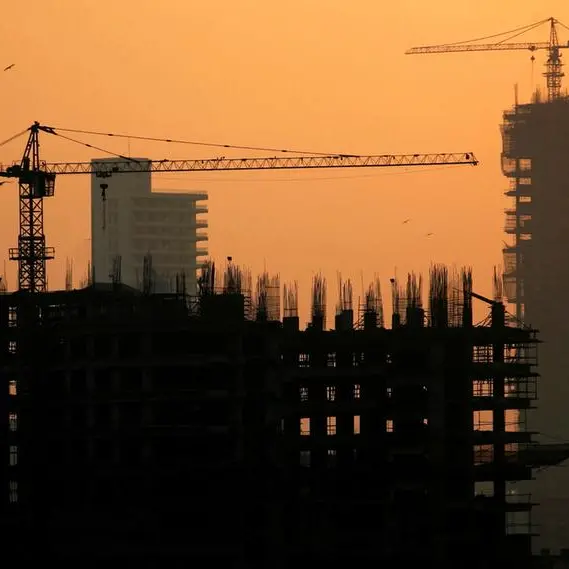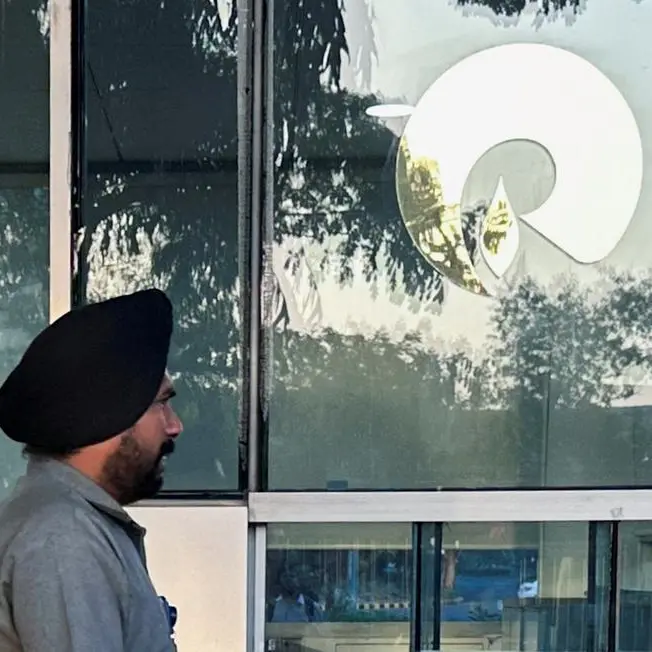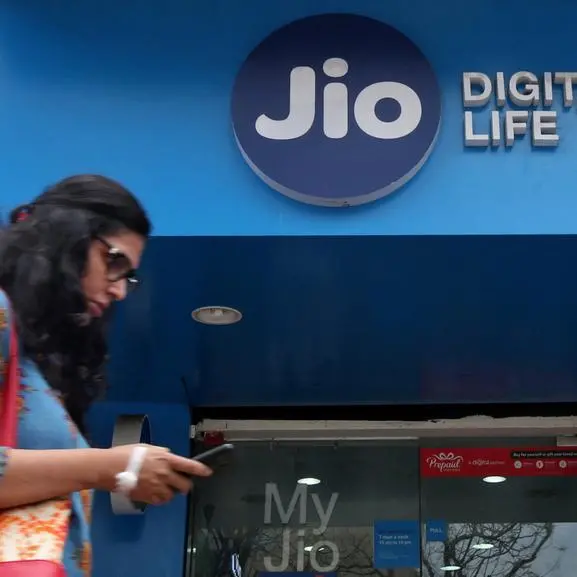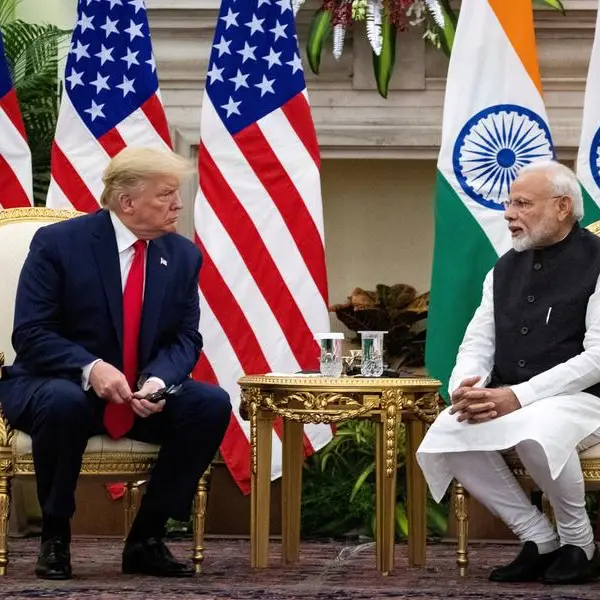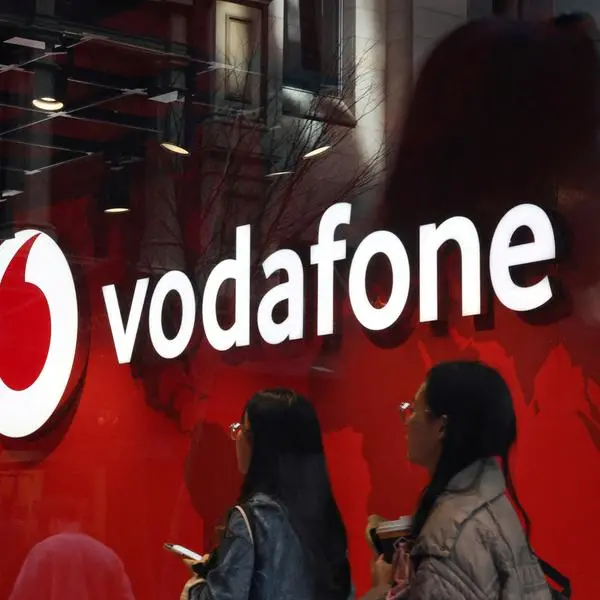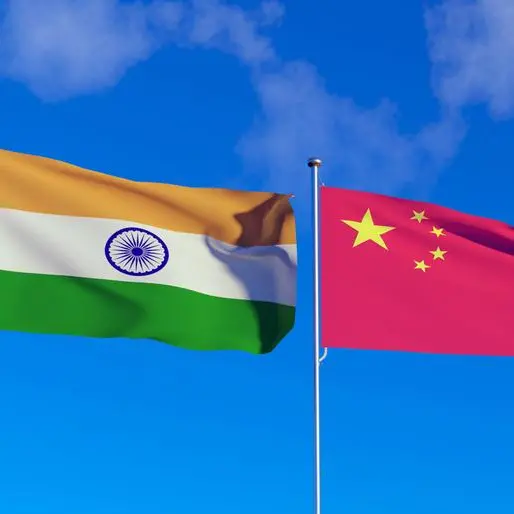PHOTO
MUMBAI - State Bank of India (SBI) , the country's largest lender, expects credit growth to remain in double-digits while it steps up efforts to attract more deposits, where it sees growth in line with the sector.
The bank reported a 74% surge in quarterly net profit on Saturday, driven by higher loan growth and improving asset quality.
Net profit rose to a record 132.64 billion Indian rupees ($1.62 billion) in June-September, beating analysts' forecast of 105.30 billion rupees, according to Refinitiv IBES data.
Net interest income, the difference between interest earned and paid out, rose 13% to 351.82 billion rupees.
Advances grew 18.15%, while deposits rose 9.99%.
"We should have credit growth of 14-16% in the current financial year," Chairman Dinesh Kumar Khara said in a press briefing.
"Now, we have also got treasury investment, which we expect to unwind. That is why we are confident of supporting the credit growth," he said, adding there was an improvement in capacity utilisation and business had returned to pre-pandemic levels.
The bank has a term loan pipeline of 2.4 trillion rupees as it sees demand coming in from sectors such as infrastructure, renewables and services.
And, while the bank did not give a target growth for deposits, Khara said SBI would not lag the industry.
Indian banks saw a 17.95% year-on-year jump in credit growth for the fortnight through Oct. 7, central bank data showed, and market participants expect growth to accelerate in coming months. Deposit growth was 9.63% during this period.
SBI's core net interest margin (NIM), a key indicator of profitability, improved to 3.55% from 3.50% a year earlier. It expects to maintain domestic NIMs at current levels.
The lender's asset quality also improved, with gross non-performing assets (NPA) falling to 3.52% from 3.91% in the previous three months. Net NPA also improved, falling 20 basis points.
Total provisions declined to 30.39 billion rupees in June-September from 43.92 billion rupees the previous quarter.
The bank's capital adequacy ratio stood at 13.51%, up from 13.35% a year earlier.
($1 = 81.9620 Indian rupees)
(Reporting by Nupur Anand in Mumbai and Neha Arora in New Delhi; Editing by Mark Potter)
